Apples are edible fruits that are produced by trees in different types and have various names that are native to Central Asia.
These apples are found in half red color and half yellow color. The scientific name for the apple tree is Malus Domestica. Apples are produced by these trees.
These particular species are the ones that are planted and grown the most frequently all around the world. These cultivars are cultivated by the producers through the process of grafting in order to maintain some degree of control over the size of the apple trees.
More than 7,500 different apple cultivars have already been developed, despite the fact that apples are one of the most widely cultivated tree fruits in the world. Apples are produced in the greatest quantity in China, which is the world’s biggest apple producer.
All apple fruits, regardless of variety, are exceptionally abundant in a variety of nutrients, including vitamins, dietary fiber, antioxidants.
and other phytochemicals, in addition to their signature sweet, crisp, and juicy characteristics. Therefore, apples have a substantial number of positive effects on one’s health.
Apples’ high fiber content and high-water content both contribute to their ability to aid in weight loss. Apple fruits are also beneficial to the health of one’s cardiovascular system.

Because apple peels contain a flavonoid called epicatechin, which is a polyphenol that lowers blood pressure, eating apples on a daily basis can help reduce the chance of developing cardiovascular disease.
Apples have been shown to reduce the incidence of diabetes, prevent cancer, aid in the treatment of asthma, and provide protection for the brain.
The first green apple trees were planted in Australia in 1868, making it the country of origin for this variety of apples. The Rome beauty and the French Crab Apple both contributed genetic material to the hybrid that gave rise to the green apple fruit.
As a result, it provides additional sources of nourishment in addition to its other health benefits. Apple cinnamon muffins, caramel apples, apple salad, sangria, and other delicious treats may all be made with green apples. Green apples can also be used in other culinary applications.
According to the US Apple Association, Ginger Gold is one of the apple cultivars that has the greatest amount of public recognition in the United States.
This particular apple variety has a flavor that is sweet with a hint of spiciness, and it has a yellow tint. These apples are perfect for snacking, making tarts, or pies made with apples.
When freshly selected, ginger gold has a snap, but after being stored at room temperature for an extended period of time, the flesh can lose its color and turn pallid.
Granny Smith apples are a variety of green apples that were given their name in honor of Mary Ann Smith, an apple farmer from Australia.
It is a very crisp apple that has a hard texture and a flavor that is somewhat tart. The Granny Smith apple, which is well-known for being one of the earliest international varieties, is also known for its ability.

to be revived when it is served slightly cooled. Warm climates, such as those found in France and the United States of America, are ideal for the growth of this cultivar.
The Pippin Apple commonly referred to as the Albemarle Pippin, is an heirloom apple cultivar. It is a local apple cultivar that was developed in the United States, more specifically in the state of New York. Green apples are quite adaptable, and the ideal way to enjoy them is to consume them when they are still crisp.
In addition to that, it can be put to use in the kitchen for preparing meals, such as juicing apples, cooking, and creating apple cider. The flavor is quite similar to that of a pineapple and the flesh is crisp and juicy.
These different apple cultivars, in contrast to green apples, do not have a sour flavor. Red apples are known for their natural sweetness and high moisture content.
They work wonderfully when cooked down into apple sauce or pressed into apple juice. Apples like these are great for your heart, provide a rich dose of vitamin C and potassium, lower your risk of developing diabetes, and quite a few other health benefits.
The Tohoku Research Station at Fujisaki, which is located in the prefecture of Aomori in Japan, is credited with the development of the Fuji apple variety.
The original Virginia Ralls Genet was used in the breeding process, and the Red Delicious apple was used in the subsequent generation.
The appealing pink blush of Fuji apples is a hallmark of this popular variety, which is grown commercially in China, Japan, and the United States. This cultivar is excellent for eating since it has a creamy white flesh that is also quite juicy.

The very first Red Delicious Apple was discovered on a farm in Peru, Iowa, in the United States. This apple variety, which was once known by the name Hawkeye, is actually a clone of apple cultigen. One of the most well-known cultivars in the United States is this one.
It is about the size of a medium melon, has a thick skin, and at the top, it has a round shape that is rather broad. Applesauce, apple pie, and other baked goods, as well as applesauce, all taste great when made with red delicious apples.
It takes more effort and planning than merely sowing a seed in the ground and waiting for a tree to mature to be able to gather delicious apples.
Because each seed includes a unique combination of genetic material inherited from its parents, it is exceptionally challenging to speculate on the appearance and flavor of an apple that will develop from seed.
Nevertheless, by employing a time-honored method known as grafting, farmers may reliably cultivate orchards of delicious apple varieties.
Following the selection of a tree that yields an apple that is in high demand, cuttings from that parent tree are grafted, also known as fused, onto the well-established roots of a donor tree, which is referred to as rootstock.
The cuttings will eventually mature into a full-sized tree that is composed of the same genetic material as the parent tree because it was propagated from the same cuttings.
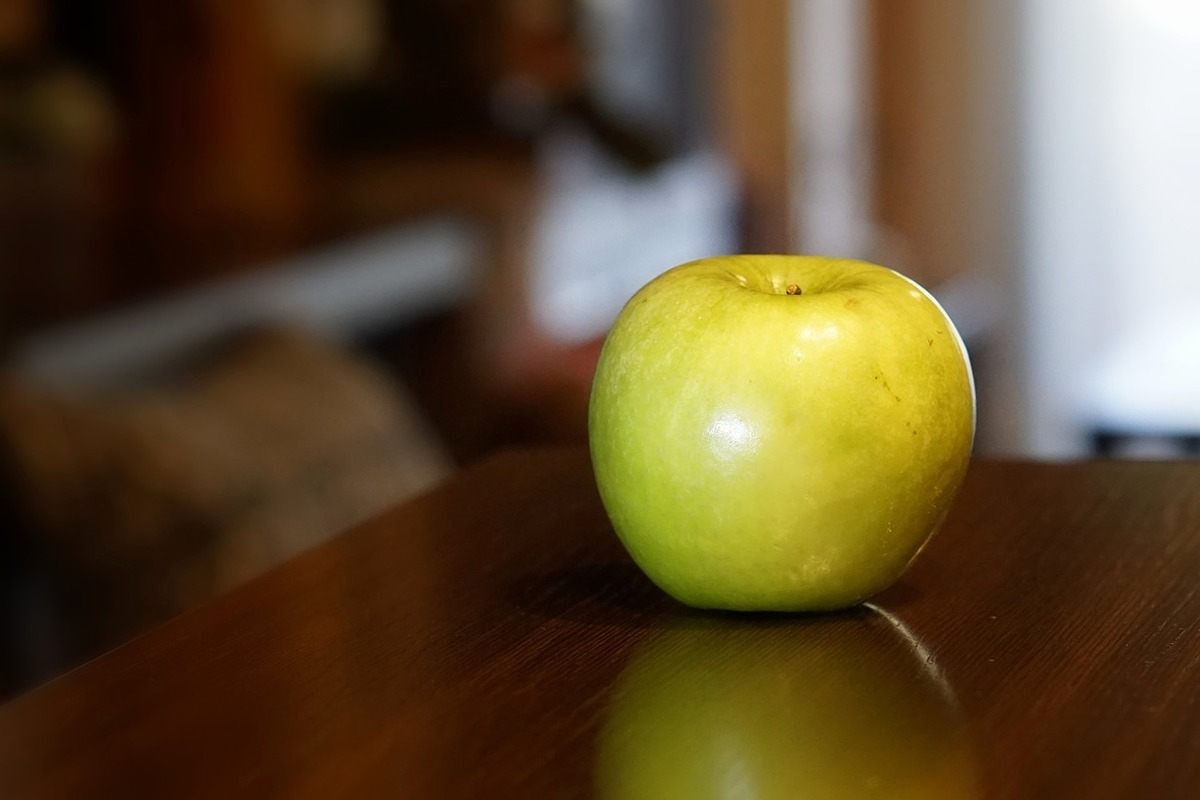
As a consequence of this, every single tree of a certain apple type is a cloned descendent of the initial tree, and as a result, they produce apples that are extremely similar to one another.
When natural genetic variation is permitted to take place in apples, the result is the development of novel apple varieties.
Apples are traditionally developed by a process known as cross-breeding, which involves the breeding of two or more different apple kinds.
This results in a reorganization of the genetic make-up of the seeds, which are subsequently planted in order to determine whether or not they develop into trees that produce wonderful new apples.
On the other hand, Arctic apples are produced by making specific alterations to the genetic material of an already existing kind (more on this later).
Genetic engineering has the advantage over traditional breeding methods in that it allows scientists to make efficient and accurate changes to apple kinds that are already popular. On the other hand, traditional cross-breeding is far more random and harder to manage.
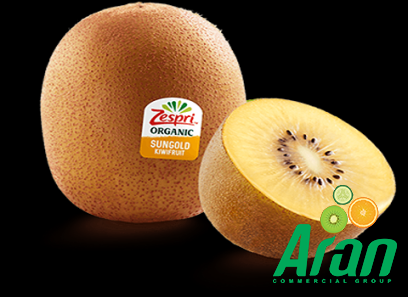
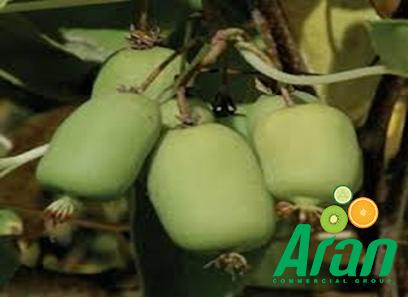
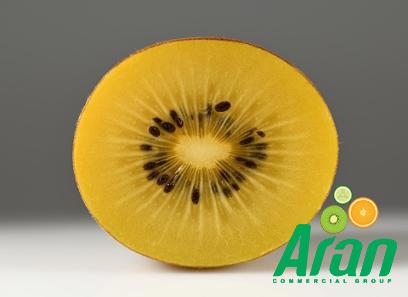


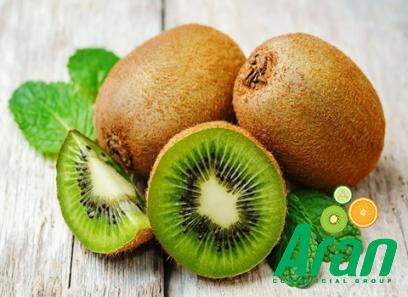

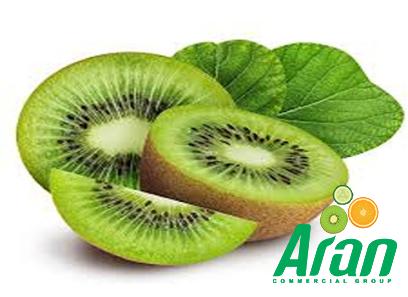

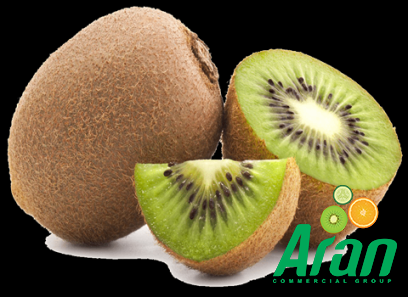
Your comment submitted.